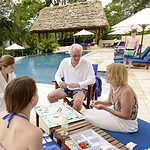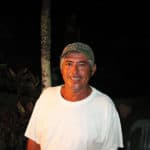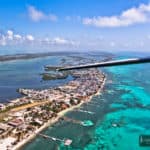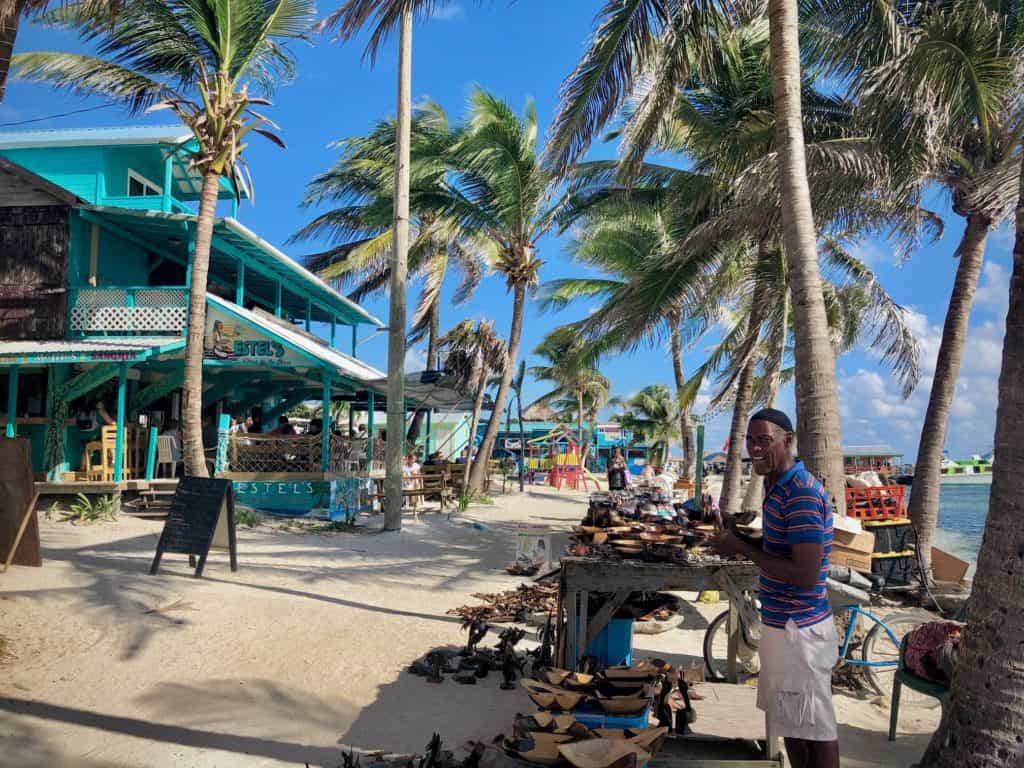
Diverse and varied, Belize’s regions have something for everyone to enjoy. The cayes, atolls, and coastal towns are favourites for beach lovers and underwater enthusiasts looking to explore the Belize Barrier Reef, while intrepid travelers seek out the jungle adventures available in mainland Belize.
Here are the 5 regions of Belize ranked based on popularity (most visited).
1. Cayes & Atolls
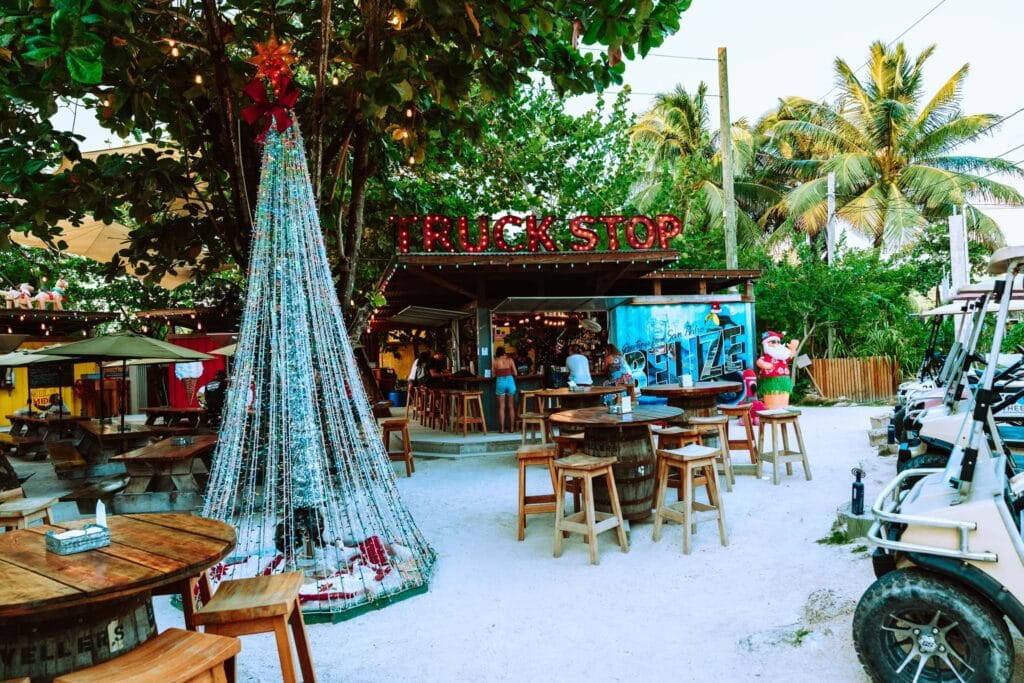
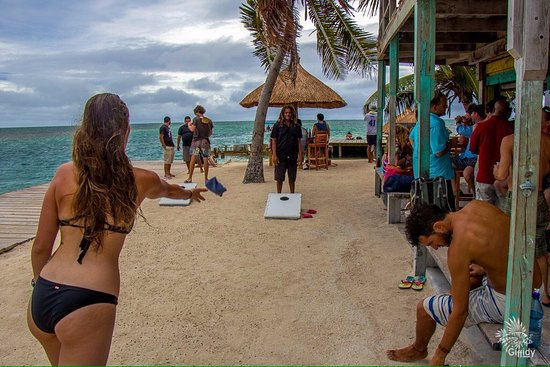
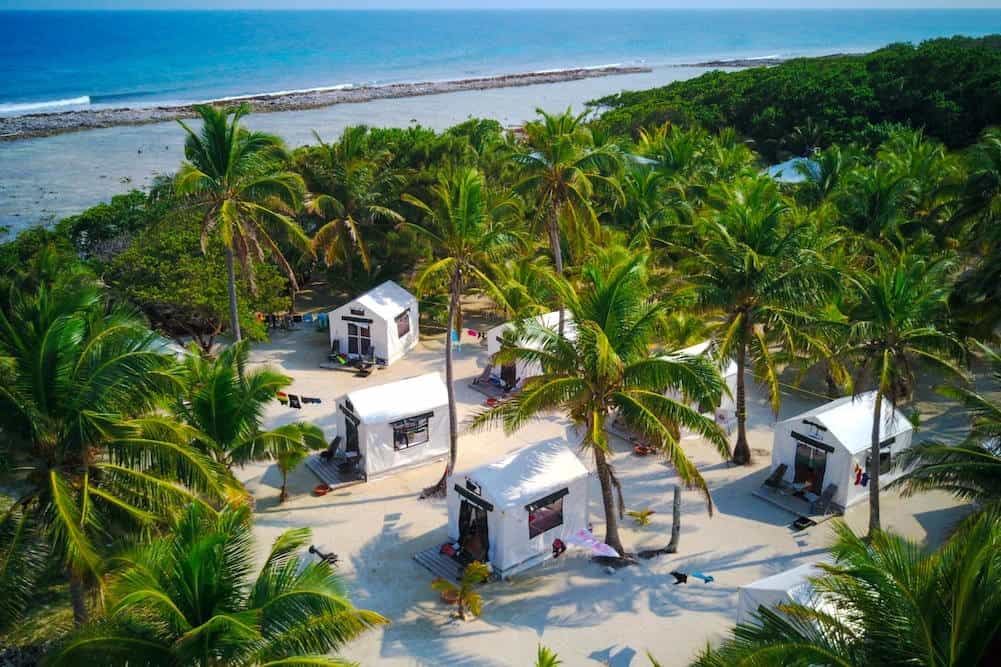
About 450 offshore cayes and three atolls dot Belize’s 386 km coastline. All of Belize’s cayes and atolls are too many to list here, however, there are a few that outranked the others based on visitors.
- Ambergris Caye is Belize’s largest island and the most visited location in Belize. Due to its closeness to the Belize Barrier Reef, the island is a popular beach destination for snorkeling, diving, and fishing. San Pedro town is its largest settlement and it’s known for beautiful beach resorts and the best nightlife scene in Belize.
- Caye Caulker is Ambergris Caye’s smaller less-visted sister island, famous for having a relaxed and “go slow” Caribbean vibe. Due to its proximity to Ambergris Caye, guests to Caye Caulker can enjoy similar things to do, however, the small island caters more to laid-back travelers that are seeking a cheaper vacation in Belize.
- Tobacco Caye isn’t for travelers looking for lively nightlife, five-star accommodations, or any scene other than warm waters, palm trees, and a star-streaked sky. The tiny island is home to a population of just 25, give or take, plus how many travelers are residing in the island’s handful of guesthouses at the time. It takes just a minute or two to walk across the island, and a few minutes more to walk around it.
- Glover’s Reef Atoll is the southernmost of Belize’s atolls. The biodiversity in Glover’s Reef Marine Reserve is unmatched; it’s been named a World Heritage Site under the UNESCO World Heritage Convention. Most of Glover’s Reef residents work at the Wildlife Conservancy’s Marine Research Station, but travelers can stay in dorms, thatched cabins, or camp on the beach.
2. Western Belize



Bordering Guatemala, Western Belize consists of the Cayo District.
- Cayo is Belize’s largest district, spreading over nearly a million acres of rolling hills and mountains. Culturally, Western Belize is one of the most diverse spots in Belize. The Mestizos were historically one of the largest ethnic groups there, however, today, look for Maya, Mennonite, Creole, and even pockets of Lebanese and Chinese.
- With easy access to many of Belize’s top jungle attractions, Cayo serves as the main destination for eco-tourism in Belize. The attractions include the Xunatunich Maya temple, the Actun Tunichil Muknal cave, the Mountain Pine Ridge Forest Reserve, and even the Tikal Maya temple in nearby Peten, Guatemala. San Ignacio is the most popular stop for travelers, since it’s near many of Belize’s best jungle resorts and its restaurant and nightlife scene is unmatched when compared to elsewhere on the mainland.
3. Southern Belize
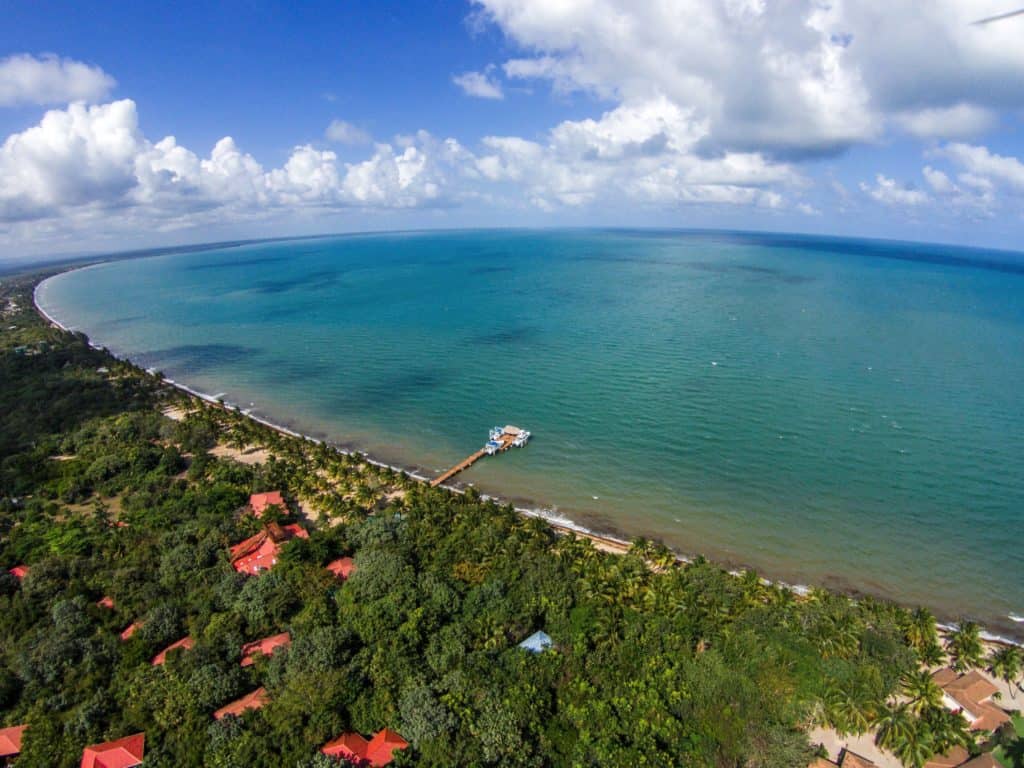
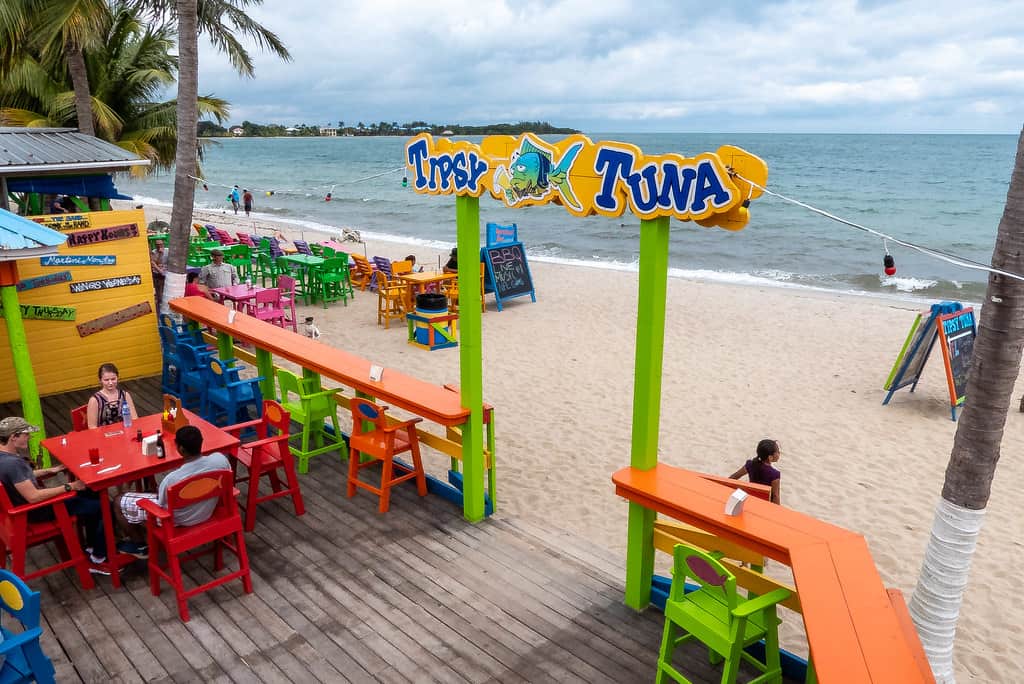
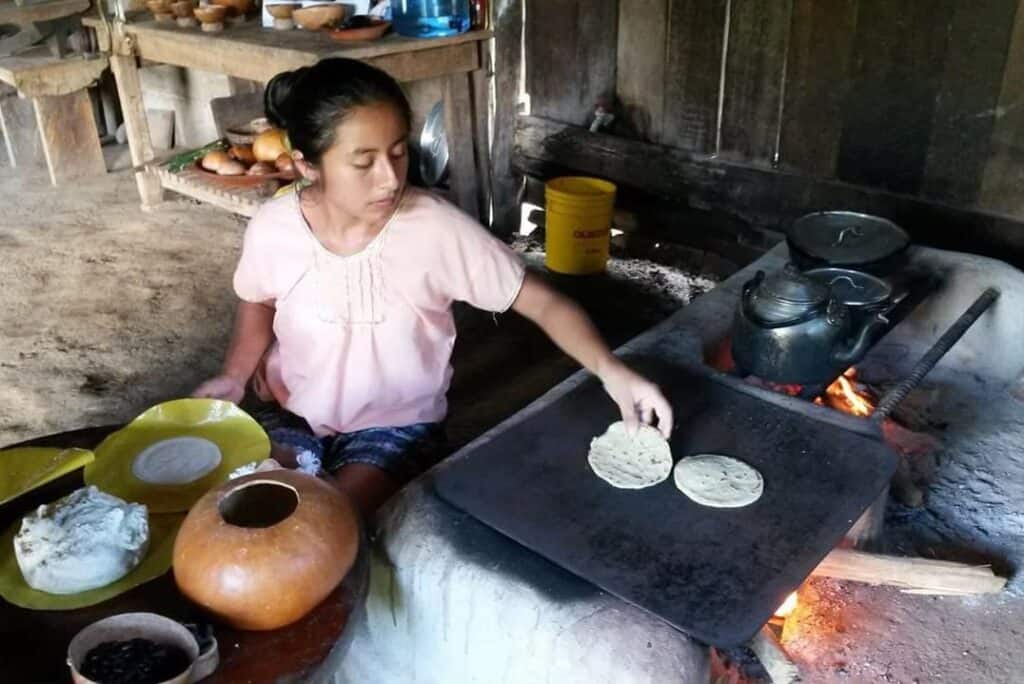
Southern Belize consists of Stann Creek and Toledo Districts.
- Stann Creek offers a blend of culture and adventure and the villages of Hopkins and Placencia are its most popular destinations. Hopkins is a seaside village that is a hotspot for outdoor adventures such as hiking, snorkeling and diving, and learning about the Garifuna culture of Belize. Arriving in Belize in 1802, Garifuna are a mixed African and indigenous people who are descended of Black Caribs. Placencia is a charming seaside village located on the tip of an 16-mile peninsula. With a beautiful coast and some of the best beachfront resorts, the peninsula primarily attracts beachlovers. Another draw is the village’s background as a quaint Creole village.
- Toledo is the southernmost district of Belize and due to it’s rural and remote location, this district is not heavily visited by people. Toledo’s main settlement is Punta Gorda. It has a large East Indian population and serves as a base for adventure and cultural activities such as off-shore fishing, river trips, caving, bird watching and visiting ancient Maya sites and present-day Maya villages. The Maya live scattered across the region, with the Ketchi Maya inhabiting about eight villages while the Mopan Maya live in San Antonio, the second largest settlement in Toledo.
4. Eastern Belize


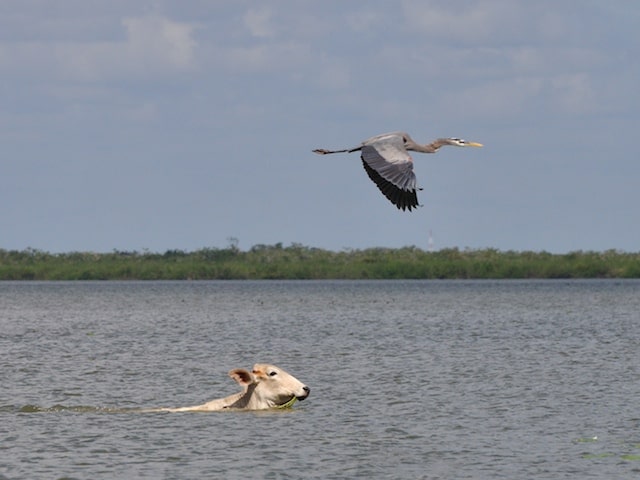
Bordering the Caribbean Sea, Eastern Belize consists of the Belize District.
- The Belize District is home to Belize City, the largest and most populous city in Belize, which was once the capital of the country. Belize City and surrounding rural areas perhaps has the largest population of creoles. Belizean Creoles are descendants of British settlers and African slaves that were brought to Belize in the 18th and early 19th centuries.
- Belize City isn’t a popular tourist destination, however, it serves as the main gateway to Belize since it’s home to the Philip Goldson International Airport, the only international airport in Belize. Most people don’t stay in Belize City but if they do, it’s to explore historical sites such as the St. John’s Cathedral or the Museum of Belize, which is set inside the old Belize prison built in 1857, and nearby tourist attractions such as the Belize Zoo, Altun Ha Maya Temple, and the Crooked Tree Wildlife Sanctuary.
5. Northern Belize


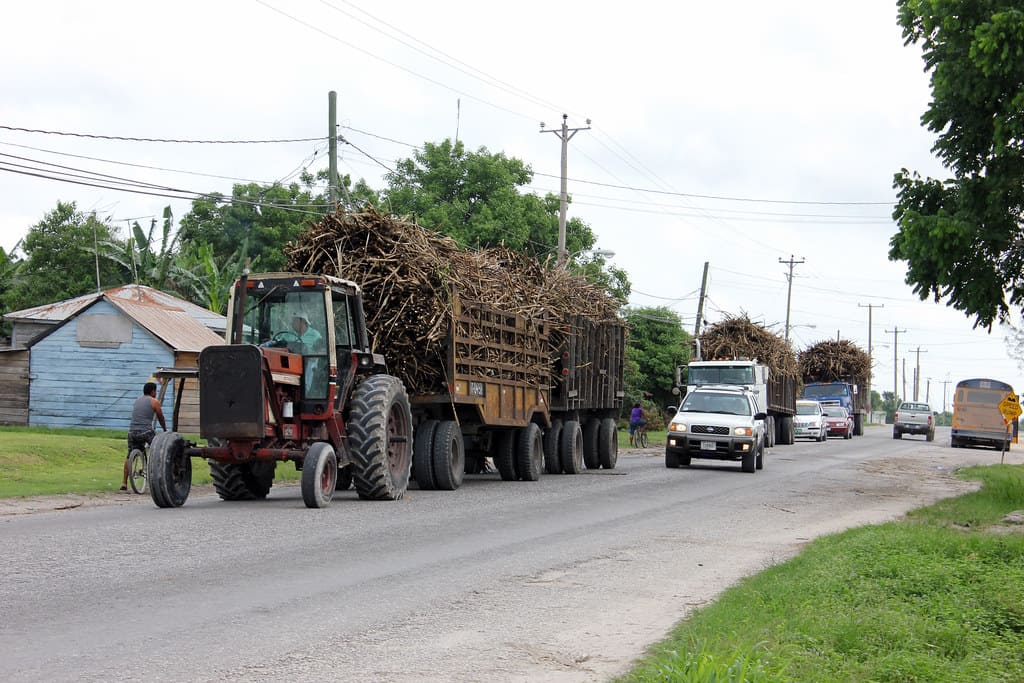
Bordering Mexico, Northern Belize consists of Corozal and Orange Walk Districts.
- Corozal is primarily populated by the Mestizo people of Belize and it’s popular with U.S. expats. Expats like living there since they can enjoy a laid-back lifestyle in a small coastal village or town while having easy access to nearby Chetumal in Mexico which offers all the modern infrastructures of a North American city. Attractions include the seaside villages of Sarteneja and Consejo, Maya sites such as Santa Rita and Cerros, and conservation areas such as Shipstern Nature Reserve and the Corozal Bay Wildlife Sanctuary.
- Orange Walk is home of Belize’s sugarcane industry. It’s referred to as the “Sugah City” throughout Belize. There you’ll see sugarcane crops almost everywhere and smell the unmistakable sweet aroma in the air. Much like Corozal, Orange Walk is home to many Mestizo–descendants of Spanish and Yucatec Maya who fled Mexico during the Caste War. The main tourist attraction is Lamanai, which is one of the top ancient Maya sites in Belize. Another draw is hiking or wildlife spotting at the Rio Bravo Conservation and Management Area.
Where to Stay in Belize
Check out my list of the best hotels and resorts based on the top destinations in Belize
If you like this guide, please consider sharing it. This helps other people find my useful destination guides.
